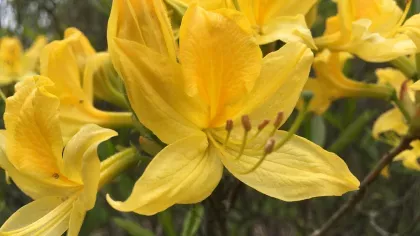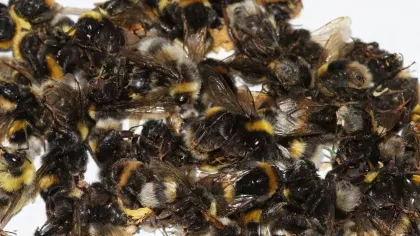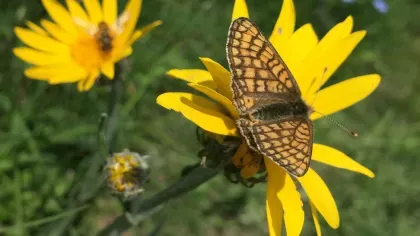28 May 2019
Elder power
Revealing the driving mechanisms behind an unlikely beneficial partnership between common elder and a minute species of thrips.

The Common Elder (Sambucus nigra L.) is small native tree growing widely across the British Isles and mainland Europe.
From floodplains, woodland margins and hedgerows to derelict farmyards and industrial wastelands, this species thrives wherever it chooses to grow. Recorded in Britain as both invasive and yet one of the most productive of the small-berried native trees, the berries (drupes) of the elder have a long tradition of use as herbal medicines and wine-making. When the trees flower in May and June the young creamy-white inflorescences produce a delicate, irresistible scent which provides the unique essence captured in the production of elderflower sparkling wines and cordials that are highly valued by us today.
Mythology and tradition
In folklore, Elder has a dual association with being both a protector and an avenger if not treated with the correct respect. Belief in its powers included protection from malicious spirits, witches, lightning and thunder, in contrast to a vengeful resident ‘Elder Mother’ who requires permission before harvesting and will curse any who may destroy the tree. These warnings of reprisals make sense as they played a role in helping to preserve such a valuable source food and medicine to self-sufficient communities. Elder has been highly valued as a medicine throughout history, particularly for colds, flu, fever and as a purgative. In 1631, German physician Martin Blochwitz published a 300-page book, The Anatomy of the Elder, solely dedicated to remedies from its roots, leaves, flowers and fruits.
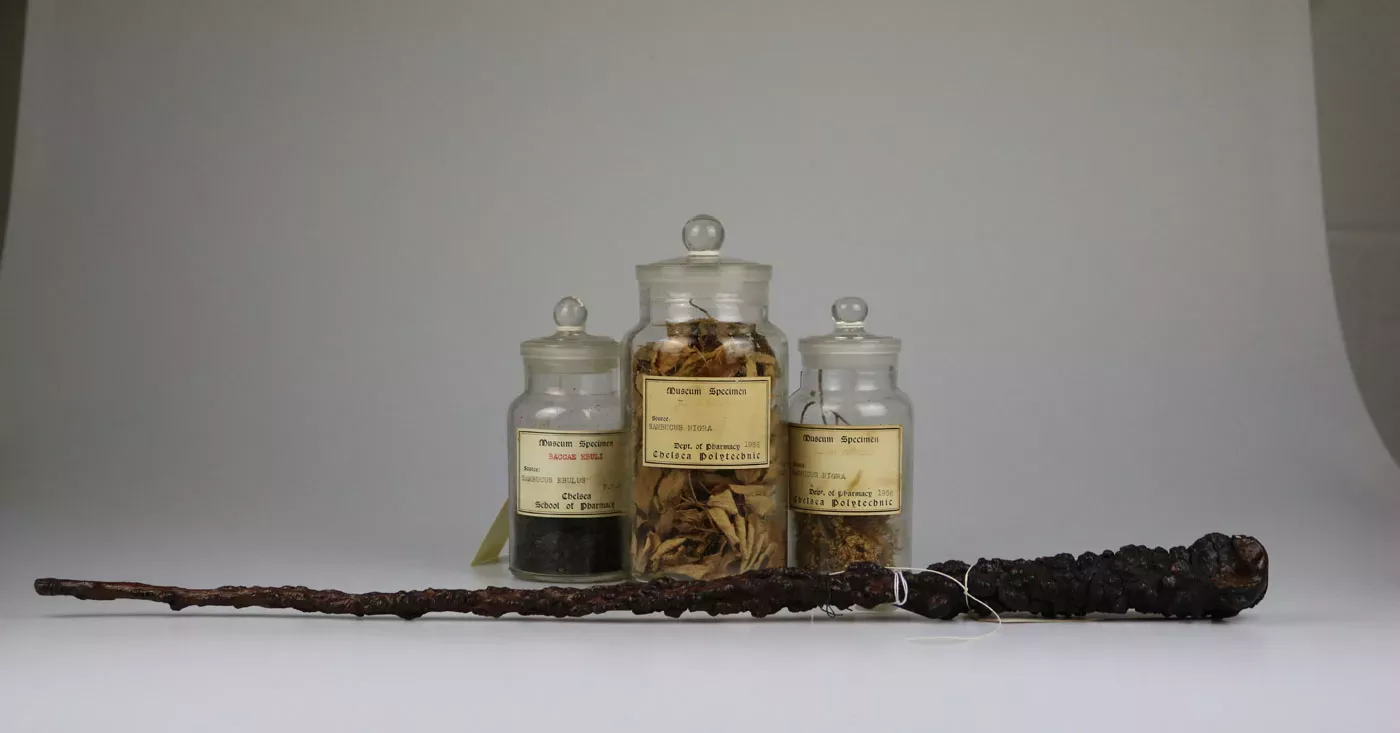
Unravelling secrets
For such a common plant so heavily engrained in our cultural history, it’s surprising how little we know about the way it interacts with its environment in its native growing range. Nearly 50 years ago, an entomologist first documented a native flower-thrips (‘storm-flies’) breeding in elderflowers of chalk-grasslands in southern England. At Kew, we have been curious as to what mechanisms underly the potent attraction of these insects to elderflowers, attempting to unravel at least one secret of the common elder.
Our studies focused on the floral biochemical signalling and changes in chemistry during flower development as pollinating insects are often guided to their plant hosts by chemical and visual cues. Through a combination of laboratory and field studies we found that the thrips were attracted to the floral scent complex which peaked between midnight and dawn, when young flowers were opening and pollen-receptive. The thrips are rewarded with a safe breeding site and a supply of pollen as a food resource for the developing larvae. Many parts of common elder contain a natural form of defence; compounds called cyanogenic glycosides which provide defence against unwanted herbivorous insect visitors. As the flowers age and floral chemistry changes the new generation of flower-thrips are gradually persuaded to leave the flowers, following the scent of new hosts as the elderflower season continues.
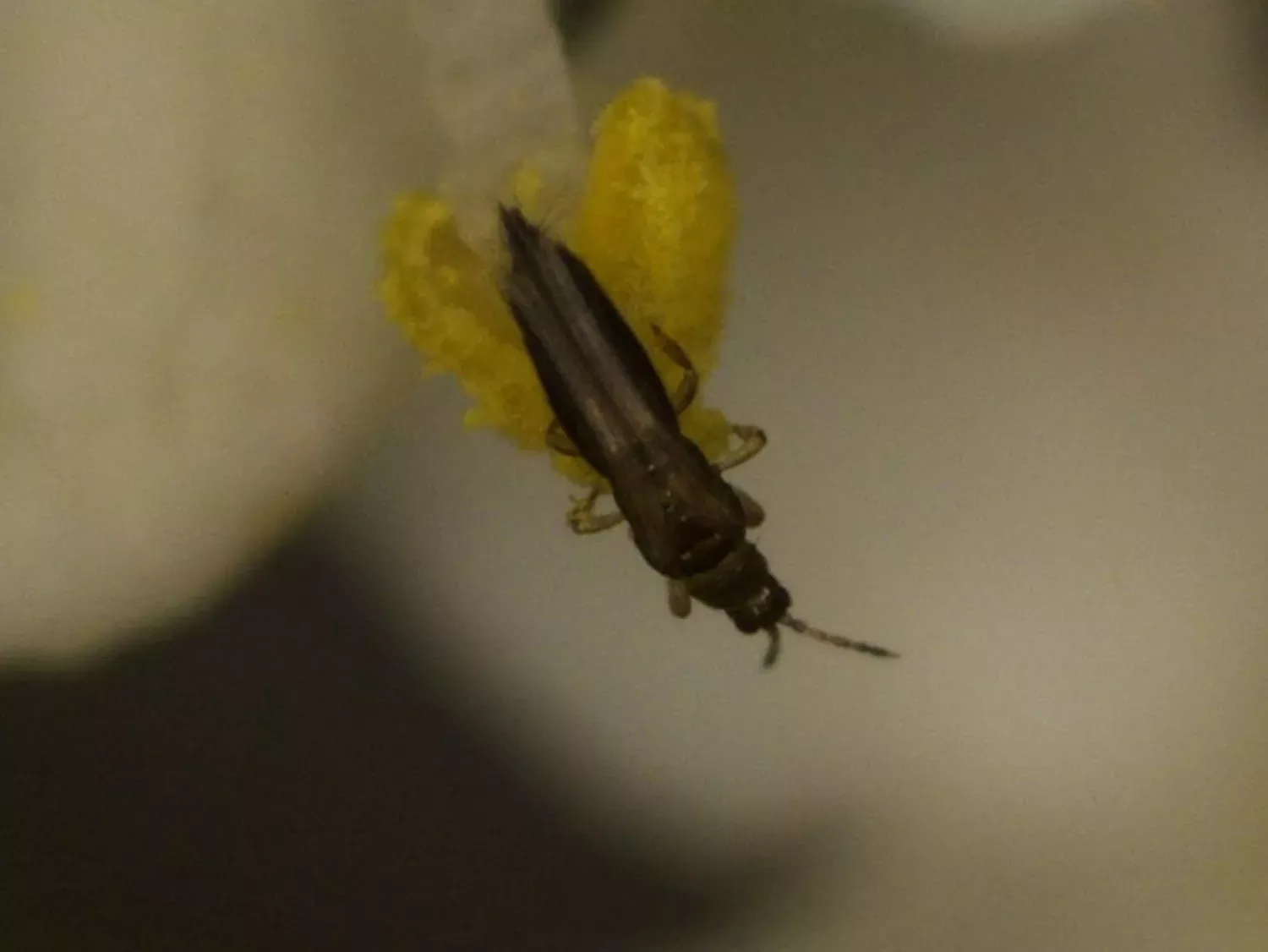
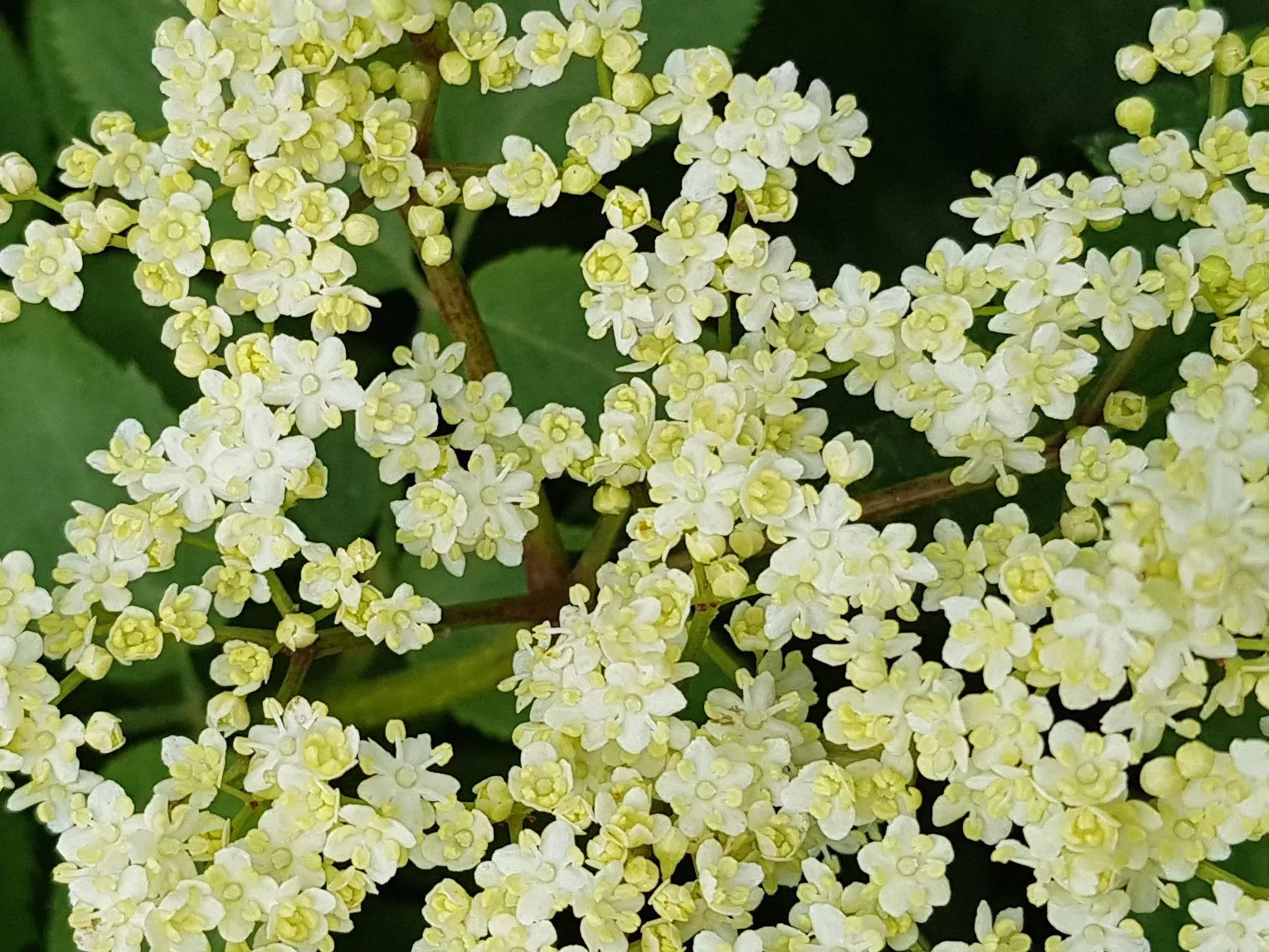
Why does this matter?
Flower thrips are rarely considered to be pollinators in temperate regions and are more frequently regarded to be destructive pests, feeding on pollen and surrounding plant tissue.
Misidentification or interpretation of interactions between plants and non-harmful or beneficial insects can have detrimental economic and environmental consequences. It can lead to unnecessary applications of broad-spectrum insecticides to protect high-value crops from invasive pest species, inadvertently threatening a diverse range of pollinating insects which are currently in decline.
Providing new information on the biology and ecology of economically and culturally important native tree species can ensure that we are able to manage them in their natural habitats. This means we are far more likely to be successful in cultivating and utilising them as sustainable resources in the future.
References
Scott-Brown, A.S., Arnold, S.E.J., Kite, G.C., Farrell, I.W., Farman, D.I., Collins, D.W. & Stevenson, P.C. (2019). Mechanisms in mutualisms: a chemically mediated thrips pollination strategy in common elder. Planta DOI: 10.1007/s00425-019-03176-5.
Charlebois, D., Byers, P.L., Finn, C.E. & Thomas, A.L. (2010) Elderberry: horticulture, botany, potential. Hortic Rev (Am Soc Hortic Sci) 37:213–280.
Atkinson, M.D. & Atkinson, E. (2002) Biological flora of the British Isles: Sambucus nigra L. J Ecol 90:895–923.
Blochwitz, M., (1677). Anatomia sambuci, or, The anatomy of the elder cutting out of it plain, approved, and specific remedies for most and chiefest maladies. London: Printed for H. Brome and Tho. Sawbridge.


